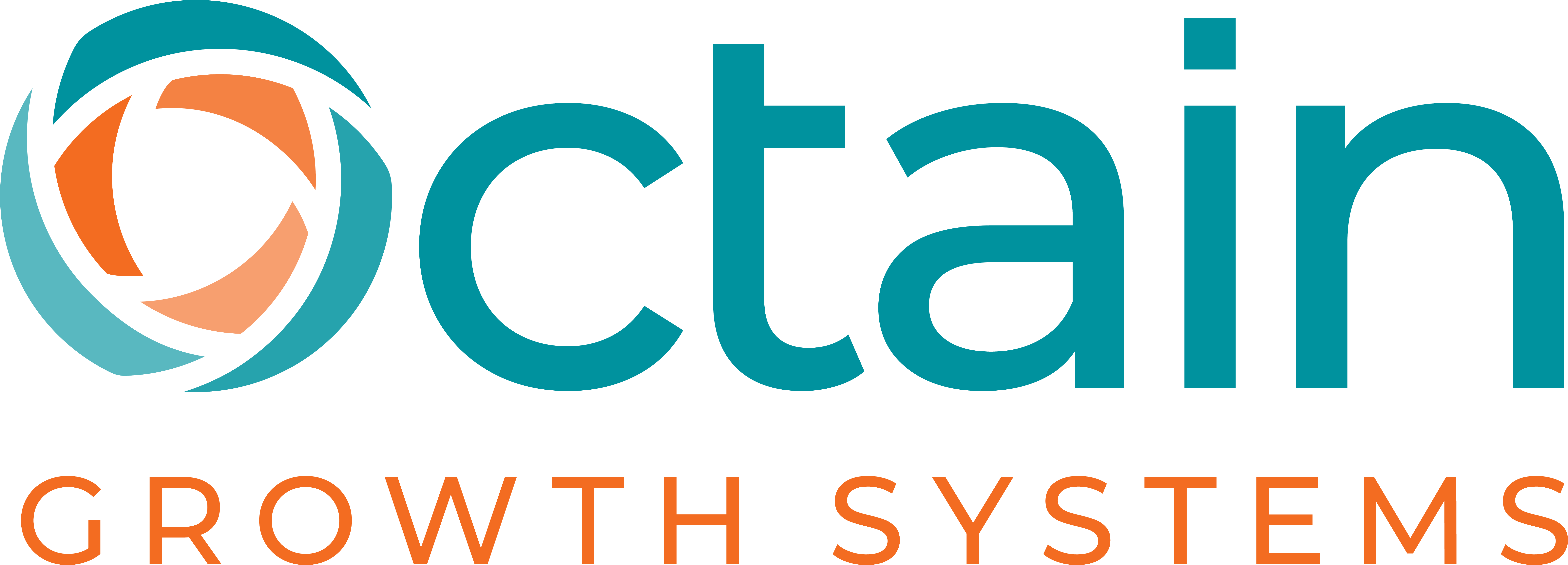There’s information gold in knowing what your competitors are doing and how they’re doing it. The trick is finding it and then knowing what to do with it.
Most of us know in general who our competitors are and what products and services they offer. But too often we don’t know much more than that or if we do know we may not be using the information as effectively as we could to improve sales, marketing and customer service operations.
This is where a new focus on competitors, called Competitive Marketing can help. When you focus more specifically and directly on what your competitors are doing and how well they are doing it, you gain the competitive advantage.
Done well, Competitive Marketing means you can almost predict what your competitors are going to do next and convert that information into cash.
Know Them
A strong Competitive Marketing plan includes these ten elements.
- Competitor name and general background information
- Corporate Team Background
- Products and Services
- Market Strength and Presence
- Branding/Message/Customer Focus
- Customer Loyalty Index
- Pricing
- Product Trends and Directions
- Lead Sources/Win-Loss Analysis
- SWOT: Strengths, Weaknesses, Opportunities and Threats
Beat Them
If this sounds a lot like competitive research or analysis, you’re right. The difference between competitive analysis and Competitive Marketing is what you do with what you know.
Competitive research gathers the data, competitive analysis draws conclusions and provides recommendations, Competitive Marketing turns that information into better, more effective sales and marketing tools. Tools that result in your company’s ability to:
- Win more sales deals
- Arm internal customer champions with competitive facts
- Give customer confidence in their choice of product/service
- Train new sales reps
- Provided a better customer experience
- Improve strategic planning
- Accelerate new product development
Competitive Marketing is an emerging new area of marketing that entrepreneurs, marketers and business owners can use to create tools to leverage their company strengths and protect against their weaknesses. To know your competitors is to beat them at their own game.

